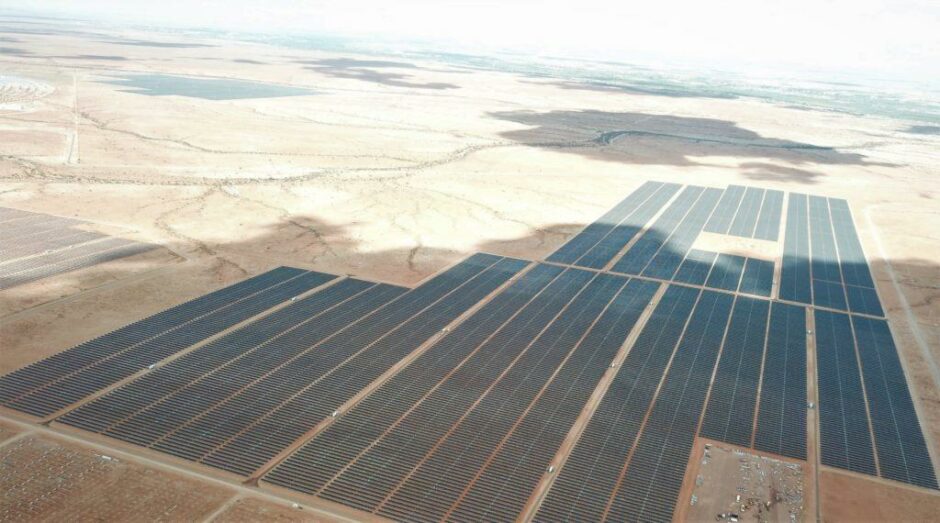
South African President Cyril Ramaphosa has set out a plan to tackle the country’s energy problems and seemingly winning support.
The country has 46,000 MW of electricity generation and consumption peaks at 32,000 MW. However, Ramaphosa said, only 60% of this capacity is available owing to maintenance and outages.
The problem became so bad that Eskom has declared stage 6 load shedding in recent weeks, with planned outages across the country.
Tackling Eskom’s maintenance backlog is the first point on Ramaphosa’s agenda. Eskom will recruit former employees and the government will cut red tape to speed delivery.
As an immediate measure, Ramaphosa said, Eskom will be able to buy power from independent power producers (IPPs) and neighbouring countries. It will also add mobile generators to tackle power shortages.
South Africa holds sporadic rounds to secure more renewable energy. It closed Bid Window 5 earlier this year and launched Bid Window 6 in April.
“The amount of new generation capacity procured through Bid Window 6 for wind and solar power will be doubled from 2,600 MW to 5,200 MW,” Ramaphosa said.
The country will also launch a request for battery storage by September and new gas power plans shortly after.
The plan also removes limits for embedded generation. In 2021, the government increased the amount that these projects could produce, from 1 MW to 100 MW. Ramaphosa has now lifted all limits.
Parliament will hold talks on relaxing regulatory obstacles for new projects in order to kickstart new plans.
Eskom will also launch a feed-in tariff to encourage people to install solar panels. Those who own these assets already will be able to sell surplus power back to the grid.
Plans to break up Eskom are proceeding. It has established an independent transmission company. It will launch generation and transmission units by the end of the year. Ramaphosa stated that the grid would remain state owned.
“If we work together, if we hold each other to account, if we meet our deadlines and fulfil our commitments, we will end the energy crisis and create the conditions for growth and job creation,” the president said.
The government will establish a National Energy Crisis Committee to oversee the implementation of the measures he set out. Ministers will report to Ramaphosa on a regular basis, he said.
Broad welcome
In general, Ramaphosa’s plan won support. The opposition party Democratic Alliance (DA) said it was “straight out” of its plans for the sector. The party welcomed the steps but said it was “unacceptable” that it had taken so long.
The DA did raise some concerns about the proposed committee. “South Africa simply can’t afford to have individuals such as Ministers Gwede Mantashe and Pravin Gordhan, who have repeatedly stood in the way of IPPs and private sector investment in the energy sector, lead efforts to address the loadshedding crisis,” it said. Mantashe is Minister of Mineral Resources and Energy, while Gordhan is Minister of Public Enterprises.
Greenpeace Africa welcomed the introduction of the feed-in tariffs and more freedom in renewable energy generation.
“After years of campaigning, we welcome the decision to remove the arbitrary threshold for renewable energy generation. South Africa has not even begun to exhaust its renewable energy potential, and this is a big step towards that end. We also know that there is massive potential for job creation in a just transition to renewable energy, and South Africa’s unemployed youth are eager to join the workforce.”
